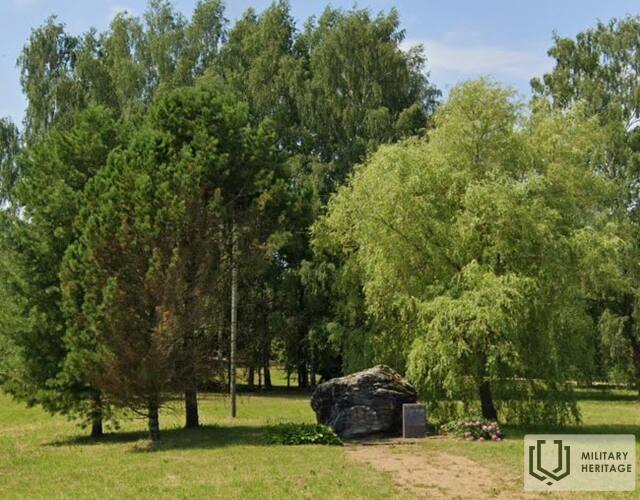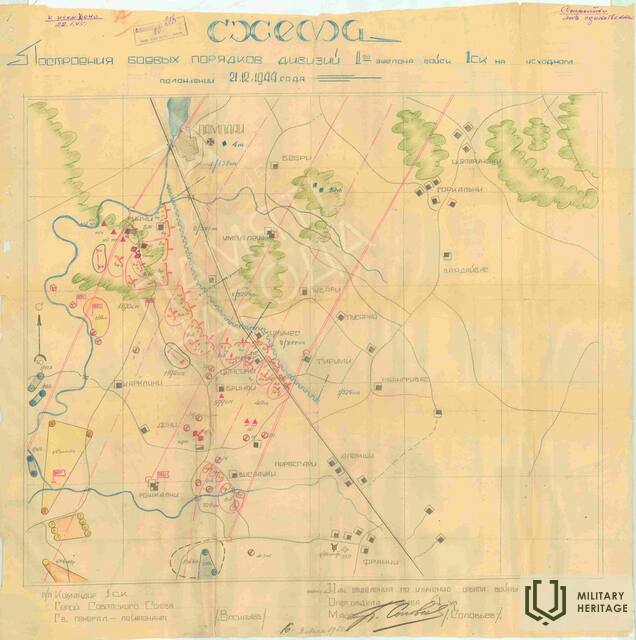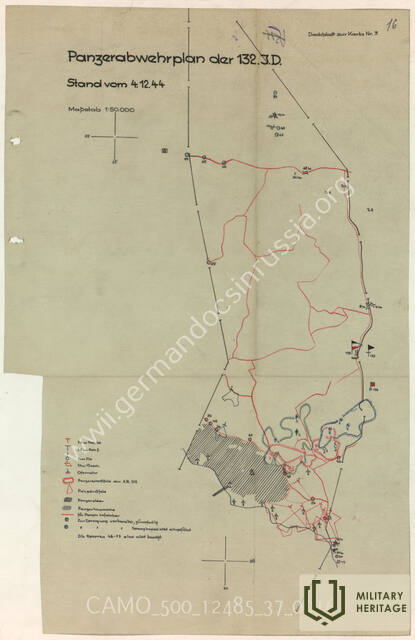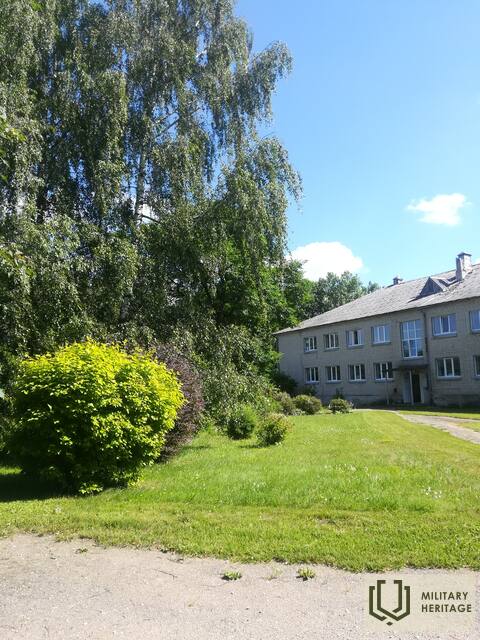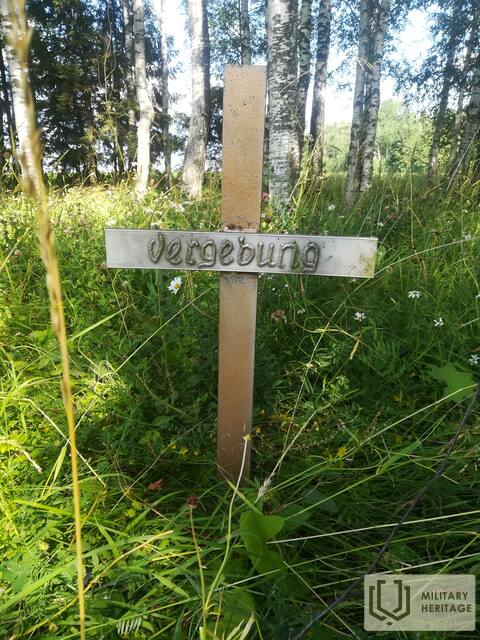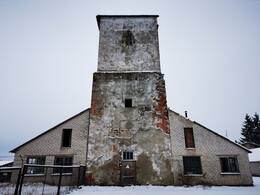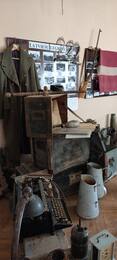Čia gegužės 9 d. susitiko „Panfilovo divizija“.
Raudonosios armijos „Panfilovo divizija“ 1945 m. gegužės 9 d. buvo dislokuota netoli Pampalio. Divizijos štabas greičiausiai buvo įsikūręs Pampalio pradinėje mokykloje.
8-oji gvardijos šaulių divizija 1941 m. dalyvavo mūšiuose prie Maskvos, kur sustabdė vokiečių puolimą. Kovos metu žuvo divizijos vadas generolas majoras Ivanas Panfilovas. Vėliau divizijai buvo suteiktas Panfilovo pavadinimas, o karo pabaigą ji pasitiko Kuršo tvirtovėje.
Raudonosios armijos „Panfilovo divizija“ 1945 m. kovo mėn. miške netoli Pampalių buvo smarkiai sutriuškinta vokiečių dalinių ir karo pabaigoje buvo rezerve / apmokymuose. Divizijos štabas greičiausiai buvo įsikūręs Pampalių pradinėje mokykloje.
Sovietų Sąjungoje panfiloviečiai buvo laikomi didvyriais.
Pampalyje rasti dar 95 žuvusių kareivių palaikai (tvnet.lv)
https://www.tvnet.lv/4517048/pampalos-atrastas-vel-95-krituso-karaviru-mirstigas-atliekas
Susijusi laiko juosta
Susijusios vietos
Pampali bažnyčia ir apšaudyto namo sienos
Pampāļi – gyvenvietė Pampalių valsčiuje, Saldaus savivaldybėje, valsčiaus centras ant Zanios upės ir jos intako Abrupės kranto, 27 km nuo apskrities centro Saldaus ir 147 km nuo Rygos. Gyvenvietė susikūrė aplink Pampalių dvaro centrą po agrarinės reformos. 1933 m. Pampāļiem suteiktas tankiai apgyvendintos vietovės statusas.
Karo veiksmai prie Pampalio vartų prasidėjo 1944 m. lapkričio 21 d., kai sovietų 4-oji smogiamoji armija, verždamasi per Ventos upę, pradėjo puolimą Salduso kryptimi. Iki lapkričio 24 d. padėtis stabilizavosi, o fronto linija išliko nepakitusi iki gruodžio 21 d.
1944 m. gruodžio 21 d. prasidėjo vadinamasis 3-iasis Kuršo mūšis, kurio metu 1-ojo Baltijos fronto 4-oji smogiamoji armija su 4 šaulių korpusais (12 šaulių divizijų) ir 3-iasis gvardijos mechanizuotasis korpusas puolė Salduso kryptimi, kad prisijungtų prie 2-ojo Baltijos fronto dalinių. Pampalų apylinkes gynė vokiečių 132-oji pėstininkų divizija, kurios 436-ojo Grenadierių pulko 1-asis batalionas buvo įtvirtintas dvaro ir bažnyčios apylinkėse.
Pampalio puolimą įvykdė 1-ojo šaulių korpuso 357-oji ir 145-oji šaulių divizijos, remiamos didžiulės artilerijos ugnies, ir 39-oji gvardijos tankų brigada. Per pirmąsias 24 mūšio valandas Pampalio įgula, kuriai vadovavo 436-ojo grenadierių pulko 14-osios (prieštankinės) kuopos vadas kapitonas Eberardas Collas, įnirtingose kovose buvo apsupta ir praktiškai sunaikinta.
Kadangi Pampaliai buvo pačiame fronto linijoje, visi pastatai nukentėjo nuo artilerijos ugnies ir praktiškai neišliko iki šių dienų.




